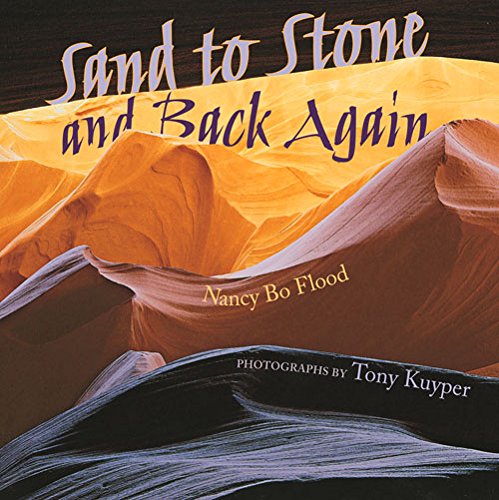Heart, You’ve Got to Have Heart
 But, you may argue, I am writing a nonfiction nature book…or a fantasy…or picture-book biography. It doesn’t matter. If you want your reader to keep turning the pages and at the end, thumb back through the book, your manuscript must have heart. Emotion.
But, you may argue, I am writing a nonfiction nature book…or a fantasy…or picture-book biography. It doesn’t matter. If you want your reader to keep turning the pages and at the end, thumb back through the book, your manuscript must have heart. Emotion.
Emotion means connection between information, meaning and the reader. In other words, it is the emotional connection to a story unfolding or facts unfolding that enables us to remember what we experience. If your manuscript has heart, your reader will remember what your wrote.
How does a writer create heart or emotion? Through story. Through creating “intent,” the overall theme or meaning of a book. When someone asks you, what was that book about? Your reply, if your remember anything about the book, will be a description of the book’s theme. Charlotte’s Web is about letting go of someone we fiercely love. Yes, the book is about a girl, a pig and a spider. That sounds pretty hokey, doesn’t it? Because what the book really is about, is love and death.
How does an author develop intent, the emotional power of a book, fiction or nonfiction? First, do your research. Learn what you need to know in order to write an authentic accurate setting and an interesting unfolding of events or facts. Discover the story line. Weave it through the entire manuscript. Create a story arc. When I wrote a nonfiction picture book about sandstone, Sand to Stone and Back Again, the rock became my main character. First I did the research – indeed, I read dozens of geology books to write less than a thousand words about sandstone. The tough challenge was finding the “way in,” discovering the connection between my subject and the reader, in other words, discovering my “intent,” what I really wanted to say about sandstone.
How is sandstone relevant to a third-grader?
My hook, my way in, my connection to a reader, developed from my intent. What I really cared about was the mystery that stone is always changing, just like that third-grade child.:
“You began as one tiny cell, as small as a grain of sand. From one cell, you became two, then four. Now you are made of millions of connected cells. From one tiny cell, you became a person. From one grain of sand, I became a mountain.”
Sandstone is always changing, just like you.
Writing memorable fiction or nonfiction first requires research that allows the writer to thoroughly know the subject and most important, find the story, your intention, the real meaning. Intention is the emotional answer to “so what, why are these facts or this story important?” Within your work’s intention is the real treasure, the heart, the emotional connection between the story, nonfiction or fiction, and your reader.